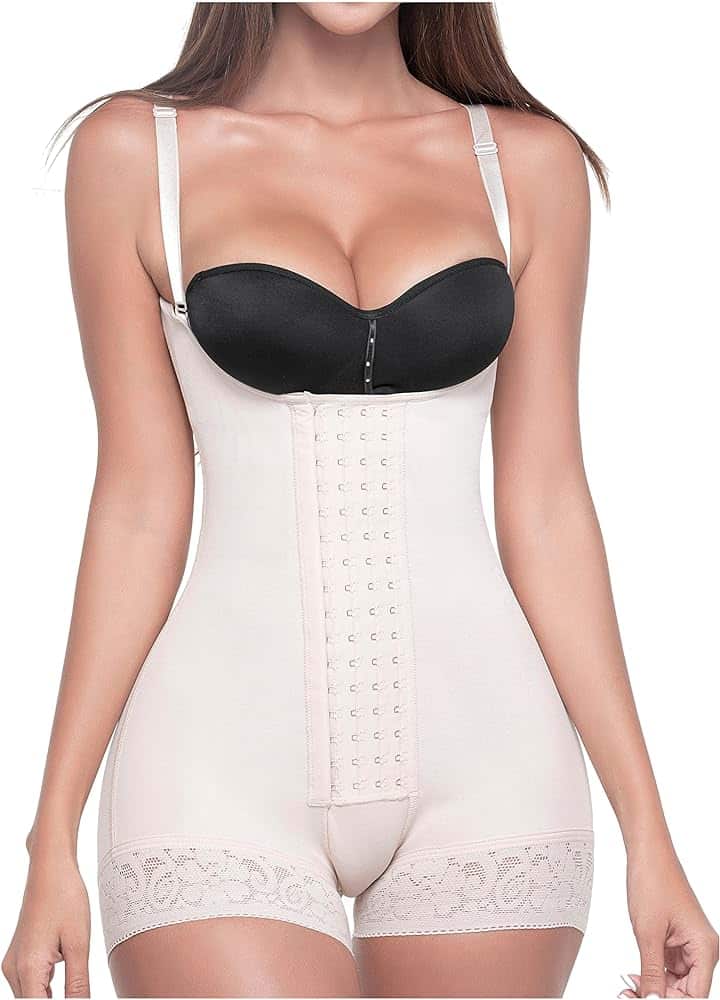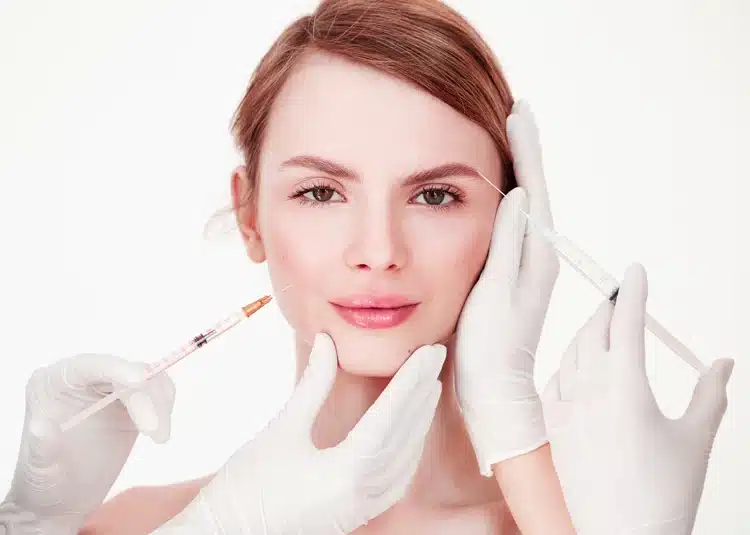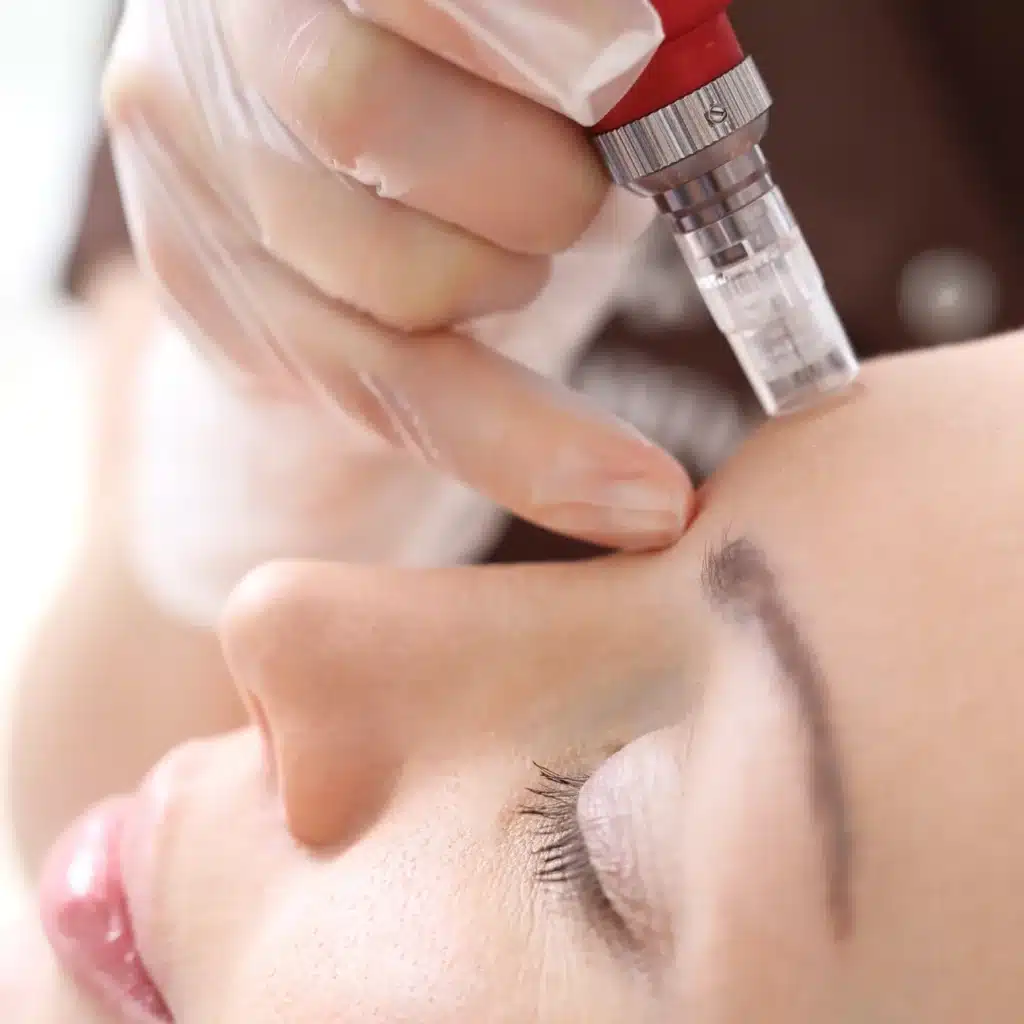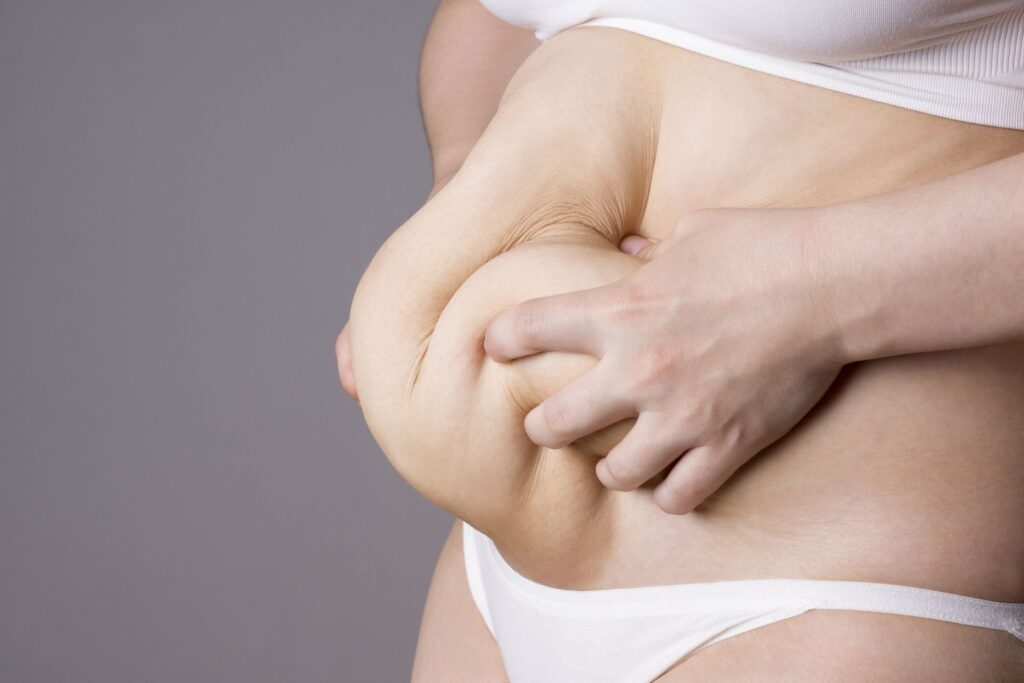Liposuction compression garments play a crucial role in recovery after surgical procedures, such as tummy tucks and breast surgeries, following cosmetic procedures. They provide support and help reduce swelling, making the surgery recovery process smoother with faster recovery ways like surgical compression garments and post surgery garments. Unlike regular clothing, these specialized garments are designed to fit snugly and enhance your results after liposuction surgery as you shop step to recover.
Wearing the right post surgical compression garments collection can significantly impact your comfort and overall satisfaction with the recover procedure, so make sure to shop step for the best post surgery garments. Many people overlook this essential step, thinking any surgical compression garments or recovery garment will suffice, when in fact only post surgery garments or a post lipo compression garment are appropriate. However, shop for quality liposuction compression garments to recover and ensure optimal healing and better body contouring results. Don’t underestimate their importance; surgical compression garments are a game-changer for post-surgery care, especially as a recovery garment and step in liposuction compression garments.
Understanding Liposuction Recovery
Recovery Stages
Liposuction recovery occurs in stages. The first step typically lasts a few days post-surgery while wearing surgical compression garments or liposuction compression garments as part of the recovery garment. Patients experience swelling and bruising. These symptoms are common after the liposuction procedure. During this time, rest is crucial. Most people need to step back and limit their activities for at least a week, especially when using post surgical compression garments collection or post lipo compression garment.
The second stage involves gradual improvement. After about two weeks, many patients feel better. Swelling decreases, and mobility increases. By this point, most can return to light activities. Full recovery may take several months. Skin retraction also happens during this period. This step helps the skin adjust to its new shape with bbl post surgery garment, post lipo compression garment, and liposuction compression garments.
Common Symptoms
Patients often face various challenges during recovery. Bruising is one of the most noticeable symptoms after liposuction surgery, as part of the compression garments collection step. It can take weeks to fade completely. Pain and discomfort are also common. Doctors usually prescribe pain relief medications as a step to help manage these symptoms, especially after liposuction compression garment use.
e may encounter fluid accumulation in the treated areas. This condition is known as seroma and may require drainage by a medical professional following the step of wearing a liposuction compression garment. Tightness or stiffness in the skin can occur as well, especially after a step involving a liposuction compression garment. These feelings are part of the healing process, like a compression garment, but can be an uncomfortable step.
Medical Guidance
Medical guidance plays a vital role in recovery success. Surgeons provide detailed instructions for post-operative care. Following these guidelines ensures a smoother recovery journey. Wearing the right liposuction garment is an essential step during this time. Compression garments help reduce swelling and support the healing tissues as a step.
Surgeons also schedule follow-up appointments to monitor progress. These visits allow doctors to take the step to check for complications and address any concerns with a compression garment. Communication with healthcare providers is important. Patients should report any unusual symptoms promptly.
Overall, understanding what to expect during liposuction recovery, including the step of wearing a compression garment, can ease anxiety. Knowing that some discomfort is normal, especially when wearing a compression garment, prepares individuals for the step in their journey ahead.
Importance of Compression Garments
Reduce Swelling
Compression garments play a crucial step role in recovery after liposuction. They help to reduce swelling and bruising significantly. After surgery, the body experiences inflammation as part of the healing process, and wearing a compression garment is a crucial step. Compression garments apply consistent pressure to the affected areas. This pressure minimizes fluid accumulation and promotes better circulation. As a result, patients often notice a reduction in swelling within the first few days with the step of wearing a compression garment.
Shape and Contour
These garments are also essential for shaping and contouring the body post-surgery, step by step. Liposuction aims to remove fat and create a more defined silhouette, often requiring a compression garment as a step in recovery. Wearing compression garments helps maintain this new shape. They mold the skin with a compression garment to fit the underlying structure, taking this step to prevent sagging. Patients who wear these garments regularly report better overall results from their procedures, step by step. The support they provide encourages the skin to step closely to adhere to the new contours.
Prevent Fluid Buildup
Prevention of fluid buildup is another key step benefit of compression therapy. After liposuction, as a step, excess fluid can collect in the treated areas. This step can lead to complications such as seromas, which are pockets of fluid that form under the skin. Compression garments help prevent this by exerting pressure on these areas as a step. This pressure encourages lymphatic drainage as a step, which helps remove excess fluids from the body.
Support for Tissues
Support for tissues is vital during recovery. Compression garments stabilize the surgical site, reducing movement that could disrupt healing, step by step. They also provide comfort by taking step to limit pain and discomfort associated with post-operative swelling. The materials used in these garments are designed to be breathable yet supportive, step by step. This balance allows for extended wear without irritation.
Emotional Well-Being
Wearing compression garments can also positively impact emotional well-being as a step. Many patients feel more confident in their appearance when they see immediate results from their surgery. The visible shaping effect of compression garments can boost self-esteem during recovery. Feeling good about one’s body can enhance motivation to follow post-surgery care routines.
Duration of Use
Typically, patients should wear compression garments for several weeks after surgery. Doctors often recommend wearing them 24/7 for the first few weeks. Gradually, patients may switch to wearing them only during the day or as needed at night. Following medical advice on duration ensures optimal recovery.
Benefits of Compression Garments
Enhanced Comfort
Compression garments provide supportive compression after liposuction. They fit snugly, which helps reduce movement in the treated areas. This snug fit can lead to enhanced comfort during recovery. Patients often report feeling more secure and less anxious when wearing these garments.
The design of these garments also minimizes friction against the skin. This is important, as the skin may be sensitive post-surgery. The softness of the fabric combined with its supportive nature creates a comforting experience for patients.
Faster Recovery
Using compression garments can significantly speed up the healing process. Studies show that they help reduce swelling and bruising after surgery. Less swelling means patients can return to their normal activities sooner.
Compression garments apply pressure to the surgical site. This pressure helps the body reabsorb fluids that build up after liposuction. Consequently, patients experience less discomfort and fewer complications. Many find that they heal faster than those who do not wear these garments.
Reduced Complications
Wearing liposuction compression garments reduces the risk of complications. These complications include seromas, which are fluid collections that can form under the skin. By applying consistent pressure, these garments help prevent such issues from arising.
Compression supports blood circulation in the treated areas. Improved circulation promotes healing and reduces the chance of blood clots. This aspect is crucial for overall health during recovery.
Improved Surgical Outcomes
Patients wearing compression garments often report better surgical outcomes. The consistent support leads to a more contoured appearance post-surgery. This effect enhances patient satisfaction with their results.
Surgeons also note improved outcomes in patients who comply with wearing these garments. They observe smoother skin texture and fewer irregularities in contouring. Such results contribute to higher satisfaction rates among patients.
Increased Patient Satisfaction
Many patients express gratitude for the benefits of using compression garments. They appreciate how comfortable they feel during recovery. This comfort translates into positive experiences and encourages adherence to post-operative care.
The psychological impact is significant as well. Feeling supported and cared for boosts morale during recovery. Patients who follow post-operative guidelines tend to have a more satisfying journey through their healing process.
How Compression Garments Work
Blood Circulation
Compression garments play a crucial role in promoting blood circulation. They apply consistent pressure to the skin and underlying tissues. This pressure helps push blood back toward the heart. Improved circulation can speed up healing after procedures like liposuction.
After surgery, blood flow may slow down due to swelling. Compression garments help combat this issue. They reduce the risk of blood clots by keeping blood moving efficiently. Enhanced circulation also delivers essential nutrients to the surgical area. These nutrients are vital for recovery.
Reducing Inflammation
Consistent pressure from surgery compression garments aids in minimizing inflammation. After liposuction, inflammation is common as the body responds to trauma. Compression helps control swelling by preventing excess fluid buildup.
This reduction in swelling can lead to less pain. Patients often report feeling more comfortable when wearing these garments. Less pain means improved mobility during recovery. This comfort encourages patients to stay active, which is beneficial for healing.
Stabilizing Surgical Area
Compression garments stabilize the surgical area effectively. They hold the skin and tissues in place after surgery. This stabilization prevents unnecessary movement that could disrupt healing.
Movement can lead to complications such as uneven healing or increased pain. By providing support, lipo compression garments help maintain the desired shape of the treated area. This support is especially important in the early stages of recovery.
Psychological Benefits
Wearing compression garments can also provide psychological benefits. Many patients feel more secure knowing their bodies are supported. This feeling of security can enhance confidence during recovery.
Patients often appreciate how compression garments shape their bodies while healing. The visual aspect can boost morale after significant procedures like liposuction. Feeling good about appearance can motivate patients to follow post-operative care instructions.
Types of Compression Garments
Medical Garments
Medical compression garments serve a vital role in recovery. They provide support after procedures like liposuction. These garments help reduce swelling and improve blood circulation. Many patients find them essential for healing.
Surgical Garments
Surgical compression garments are specifically designed for post-operation needs. They often feature adjustable straps for a custom fit. This ensures maximum comfort during recovery. Patients can choose from various styles, including bodysuits and shorts.
Operative Garment
An operative compression garment is crucial right after surgery. It offers targeted pressure to specific areas. This type of garment helps minimize discomfort and promotes faster healing. Patients should wear it as directed by their healthcare provider.
Lipo Compression Garments
Lipo compression garments are tailored for those undergoing liposuction. They come in various designs, such as girdles and shapers. These garments fit snugly to the body, providing necessary support. Many brands, like Marena, offer options that cater to different recovery stages.
Post-Surgical Collection
The post-surgical compression garments collection includes various styles. This collection features items designed for comfort and effectiveness. Different fits and sizes ensure that everyone can find the right option. The right garment can significantly impact the recovery experience.
Compression Garments Collection
A comprehensive compression garments collection is available for patients. This includes options for every body type and preference. Some garments provide full coverage while others focus on specific areas. Patients should explore all available choices to find what suits them best.
Liposuction Compression Garments Marena
Marena is known for its high-quality liposuction compression garments. Their products include recovery girdles and shapers that promote healing. These garments are made with breathable materials, enhancing comfort during wear. Many users appreciate the variety of fits offered by Marena.
Adaptability Options
e compression garments adapt to multiple recovery stages. This flexibility allows patients to use one garment throughout their healing process. Adjustable features make it easier to accommodate changes in body shape over time. This adaptability is especially beneficial for those recovering from extensive procedures.
Choosing the Right Compression Garment
Consult Professionals
Medical professionals play a crucial role in recovery. They can provide personalized recommendations based on individual needs. Each person’s body and surgery type differ. Therefore, advice from a doctor or surgeon is essential. They understand the specific requirements for effective healing.
Compression garments are not one-size-fits-all. A professional can help identify what works best for you. They consider factors like surgery type and body shape. This ensures that you receive a good quality compression garment suitable for your recovery.
Specific Area Focus
Different surgeries require different garments. For example, liposuction on the abdomen needs an abdominal compression garment. Similarly, a bbl post-surgery garment focuses on the lower body. The design of these garments supports specific areas. They help reduce swelling and promote healing effectively.
Choosing the right garment based on the surgical area is vital. It maximizes comfort and aids in recovery. Each type of garment serves a unique purpose related to the surgery performed.
Accurate Measurements
Proper fit is critical when selecting a compression garment. Accurate measurements ensure effectiveness and comfort during recovery. Take measurements before purchasing any garment. Use a measuring tape to get your waist, hips, and other relevant areas measured.
Many brands provide sizing charts to guide you. Follow these charts closely to select the correct size. An ill-fitting garment may cause discomfort or fail to provide adequate support.
Accessible Crotches
Consider garments with accessible crotches if you need convenience during recovery. These features allow easier bathroom access without removing the entire garment. This design element enhances comfort and practicality during the healing process.
Garments with accessible crotches also encourage compliance with wearing them as prescribed. If they are easy to manage, patients are more likely to wear them consistently.
Quality Matters
Investing in good compression garments is essential for effective recovery. High-quality materials offer better support and durability than cheaper options. Look for breathable fabrics that allow skin to breathe while providing necessary compression.
Cheap garments may not deliver the same results as good quality options. Consider brands known for their reliability in medical-grade compression wear.
Factors to Consider for Optimal Support
Fabric Quality
Fabric quality plays a crucial role in medical-grade compression garments. High-quality materials provide better support and durability. Look for fabrics that are breathable and moisture-wicking. These features help keep the skin dry and comfortable during recovery.
The construction of the garment also matters. Seams should be flat and smooth to prevent irritation. Compression levels should be consistent throughout the garment. This ensures even pressure on the treated areas, promoting healing.

Adjustable Features
Adjustable features add significant value to compression garments. Options like hook-and-eye closures or zippers allow for easy adjustments. These features enable users to modify the fit as swelling decreases post-surgery.
Garments with adjustable elements can accommodate different body shapes and sizes. This flexibility enhances comfort and support during the healing journey. Users can find their optimal fit without needing to buy multiple products.
Ease of Wear
Ease of wear is vital for patient convenience. Compression garments should be easy to put on and take off. Complicated designs can frustrate users, especially after surgery when mobility may be limited.
Consider garments designed with front closures or stretchable fabrics. These designs simplify the process of getting dressed. Patients can manage their daily routines more effectively without struggling with their garments.
Product Styles
Different styles of compression garments cater to various needs. For instance, some products focus on specific body parts like the abdomen or thighs. Others provide full-body coverage for comprehensive support.
Choosing the right style depends on the surgical procedure performed. Researching available options can help identify which style best suits individual needs.
Measuring Correctly
Correct measurements are essential when ordering compression garments. Accurate sizing ensures that the garment provides adequate support without being too tight or loose.
Customers should follow specific measuring instructions provided by manufacturers. Taking measurements at key points will help find the right fit. Proper fitting enhances comfort and effectiveness.
Shopping Tips
When shopping for compression garments, consider reputable brands known for quality products. Read reviews to gauge customer satisfaction regarding support and comfort.
Look for retailers that offer a range of sizes, styles, and adjustable features. This variety gives patients more options to find what works best for them.
Tips for Wearing Compression Garments
Consistent Wear
Surgeons often recommend wearing compression garments consistently after liposuction. This helps in reducing swelling and supports the healing process. Patients should follow their surgeon’s specific instructions regarding how long to wear the garment each day.
Typically, wearing the garment for at least 23 hours a day is common during the initial recovery phase. Gradually, the time may decrease as healing progresses. Staying committed to this routine can lead to better results.
Hygiene Maintenance
Maintaining hygiene is crucial when using post-surgery garments. Regular cleaning of the garment prevents bacteria buildup and skin irritation. Patients should wash the garment according to the manufacturer’s instructions.
Most compression garments are machine washable, but it’s essential to use a gentle cycle and cold water. Air drying is usually recommended to maintain elasticity. Ensuring cleanliness will contribute to comfort and overall health during recovery.
Monitoring Comfort
Monitoring for any signs of discomfort is vital while wearing compression garments. Patients should check for issues like excessive tightness or unusual pain. If discomfort arises, it may indicate that the garment is too tight or not fitting correctly.
Consulting a doctor if any problems occur is necessary. They can provide guidance on whether adjustments are needed or if a different size or style would be more suitable. Listening to your body plays an important role in recovery.
Signs of Issues
Being aware of potential issues with compression garments can help prevent complications. Here are some signs to watch for:
- Increased swelling
- Persistent pain
- Skin irritation or rash
- Numbness or tingling sensations
If any of these symptoms appear, patients should reach out to their healthcare provider promptly. Early intervention can prevent further complications and ensure a smoother recovery.
Importance of Fit
The fit of the compression garment matters significantly. A well-fitted garment provides optimal support without being overly restrictive. Ill-fitting garments can hinder blood circulation and delay healing.
Patients should seek professional advice when selecting sizes or styles. Trying on different options can help find the most comfortable fit. Proper fit enhances effectiveness in achieving desired results from liposuction.
Cierre de Pensamientos
Liposuction recovery is no walk in the park. Compression garments are your best friends during this time. They help reduce swelling, support healing, and enhance your results. Choosing the right garment makes a world of difference. Remember to consider fit, material, and style to ensure you get optimal support.
Don’t underestimate the power of these garments. Wearing them as directed can speed up your recovery and boost your confidence. Take charge of your healing journey today. Invest in quality compression wear that suits your needs. You deserve the best results from your liposuction experience. So gear up and embrace the transformation ahead!
Frequently Asked Questions
What are compression garments used for after liposuction?
Compression garments help reduce swelling, support healing, and improve skin contour after liposuction. They provide consistent pressure to the treated areas, promoting better recovery outcomes.
How long should I wear compression garments post-liposuction?
It is generally recommended to wear compression garments for at least 4 to 6 weeks after surgery. Your surgeon may provide specific guidelines based on your individual needs.
Can I sleep in my compression garment?
Yes, you can sleep in your compression garment. Continuous wear helps maintain pressure and supports recovery during rest periods, enhancing overall results.
What happens if I don’t wear compression garments?
Not wearing compression garments can lead to increased swelling, longer recovery times, and potentially poor aesthetic results. Consistent use is crucial for optimal healing.
Are there different types of compression garments for liposuction?
Yes, there are various types, including bodysuits, abdominal binders, and thigh shapers. Each type targets different areas depending on the liposuction procedure performed.
Can I choose any brand of compression garment?
It’s best to choose a high-quality garment recommended by your surgeon. The right fit and material ensure effective compression and comfort during your recovery.
How do I know if my compression garment fits properly?
A proper fit should feel snug but not overly tight. You should be able to move comfortably without excessive restriction. Consult your surgeon if you’re unsure about the fit.











